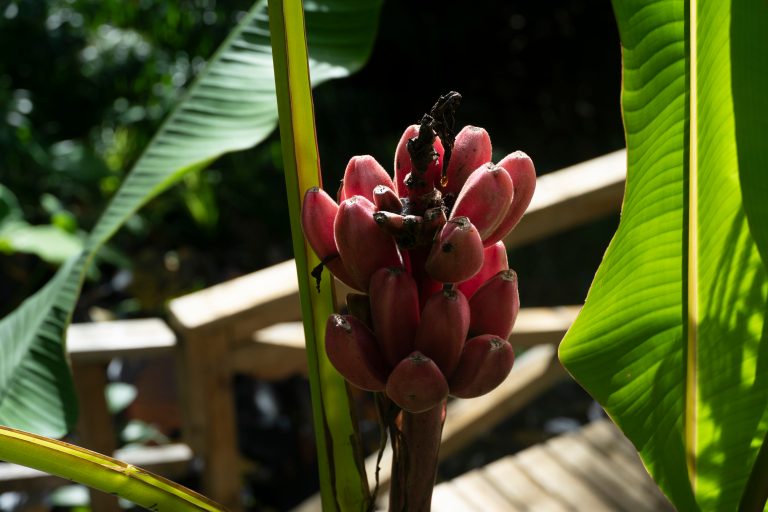World hunger is one of the most challenging issues we’re currently facing, and it has been ongoing for decades. Around the world, more than 829 million people are seriously affected by hunger. Many factors, such as poverty, food shortages, climate change, war, and conflict, among others, contribute to the rise of food insecurity. This is when people don’t have enough food to eat and not enough healthy food to eat due to low income, lack of jobs, and other resources.
The effects of climate change are becoming more evident too. It affects the crops that can grow. As our climate changes and worsens, food supplies will continue to shrink.
So how do we fight this persistent problem of world hunger?
Remarkably, a new study claims that a plant relative to a banana could be a new ‘wonder crop’ that could feed over 100 million people.
Let me introduce to you Ensete ventricosum, most commonly known as Enset, False banana, Ethiopian banana, or Abyssinian banana due to its resemblance to a banana. The Enset plant is a wild relative of the African banana cultivated only in the Ethiopian Highlands. It’s been providing the staple food for approximately 20 million people in Ethiopia, around a fifth of the Ethiopian population.
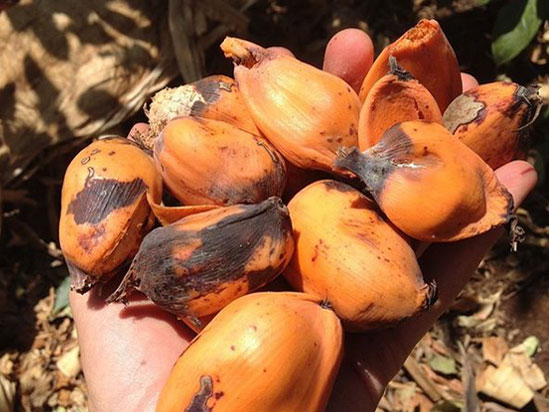
Enset can grow up to 20 feet tall. It has large leaf blades that look similar to bananas, growing up to 16 feet tall and 3 feet wide.
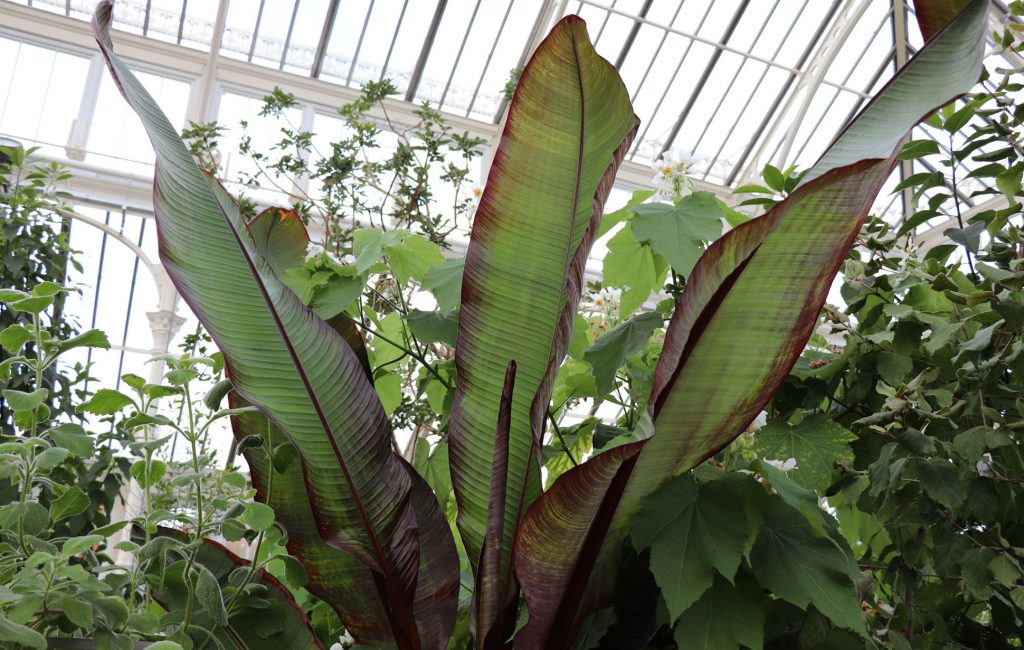

Unlike bananas, the enset fruits are inedible, but people can make bread and porridge by using and fermenting the starchy stems and roots of the plant. You can also use the leaves for packaging, roofing, clothing, and as feed for animals. The enset tree’s root, also called amicho, is also edible. It can be boiled and eaten like a potato.
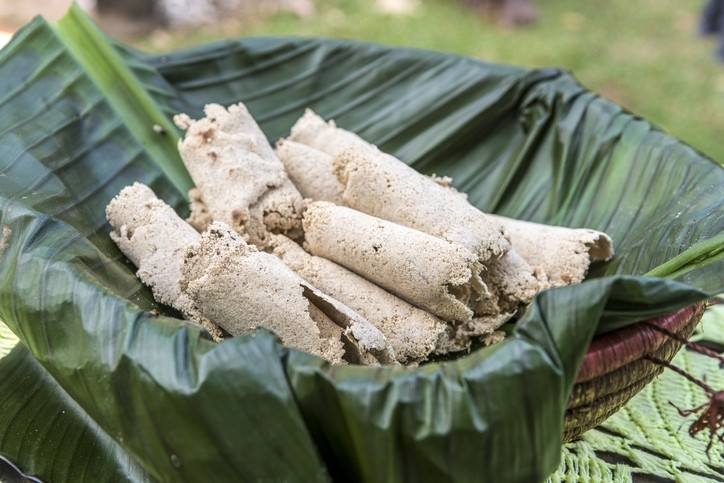
According to scientists, enset could be a potential crop that could address food security, feeding more than 100 million people beyond Ethiopia, the African continent (Kenya, Uganda, and Rwanda), and countries that are met with climate issues.
What’s great about enset plants is that they can be planted at any time and have flexible harvest times (you can harvest them anytime). It’s also perennial, meaning they come back yearly and produce new growth. Once planted, they grow for 10 to 12 years. Moreover, enset plants are drought and disease-tolerant. They are also resilient to climate change, which is very important.
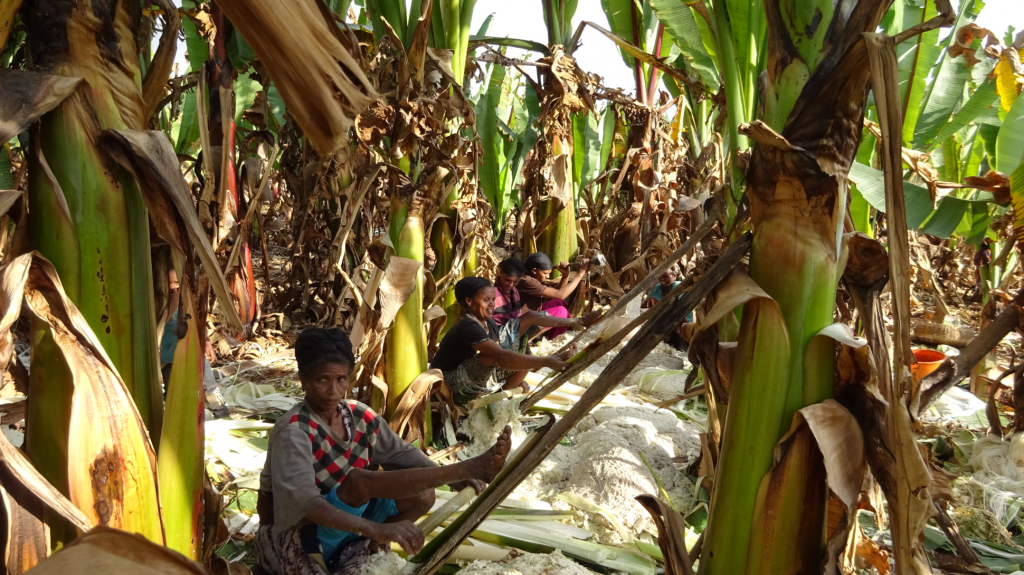
According to scientists, 15 enset plants are enough to feed a person for a year, and about 40 to 60 plants can provide food for a family of 5 to 6 people. The notable characteristics are why it gained its name, “the tree against hunger.” So imagine how many crops could be harvested if thousands of these plants were planted?
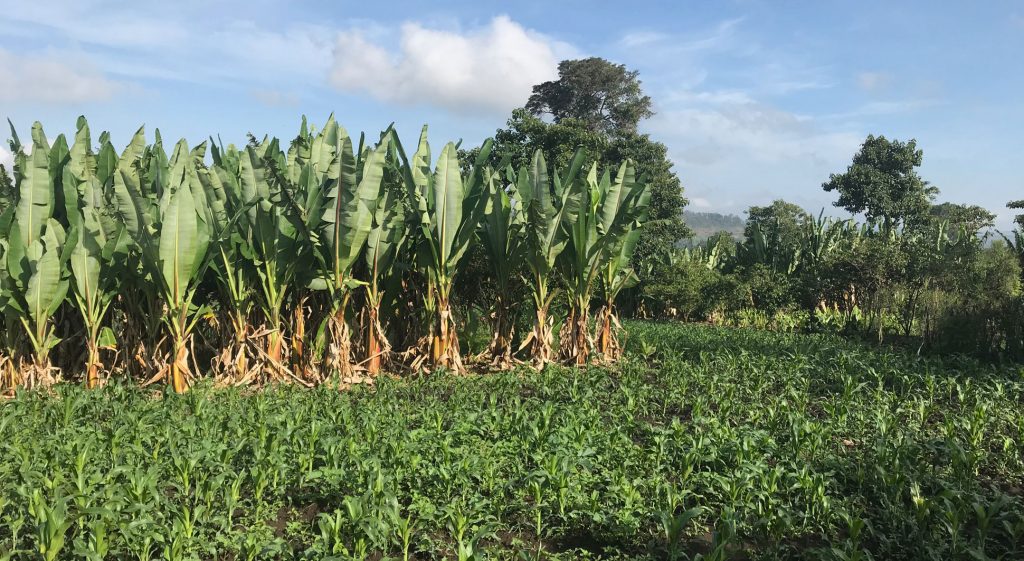
However, researchers also note that there are still barriers to expanding the cultivation of these plants outside Ethiopia. An example is that since enset plants are part of Ethiopia’s heritage, other countries that would cultivate it would require permission from the Ethiopian government first. Another factor is that only specific cultural groups have the ‘required knowledge’ to grow and use the enset well.
With food shortages continuously occurring around the world, this is an essential discovery that could provide a flicker of hope to help end world hunger for years to come.
